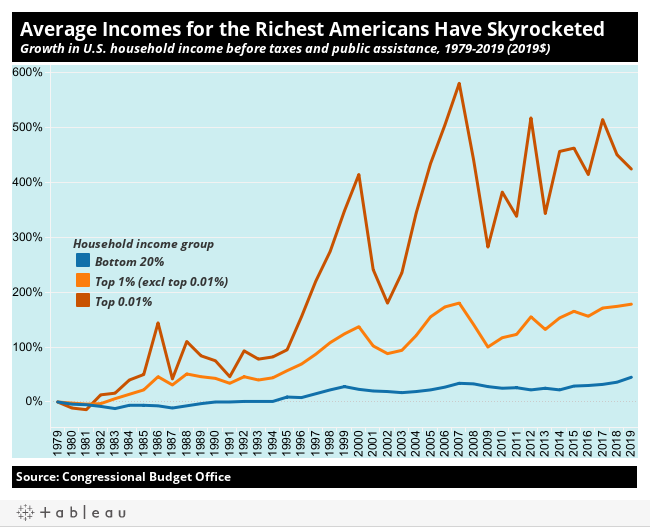56% of the American workforce consists of people without a college education. In the past, these workers could count on manufacturing to provide a solid career. They could expect to buy a house, raise a family, and maybe send their kids to college.
Has all that changed?
Haves and have-nots
Since the 1980s, and even more sharply beginning with the 2008 recession, the gap between high and low income citizens in the United States has widened. Overall, incomes have grown, but they have grown just slightly for the poorest Americans and enormously for the top .01% — at least 500%. The top 1% have seen nearly 200% growth, but middle-income households have seen a rise of about `120%. During the same time, prices have risen an average of 270%.

Contributing factors
The decline of unions, automation, and offshoring have all been factors. Fewer people are needed for manufacturing, the common wisdom goes, and workers without special skills and degrees end up in the service sector, not in manufacturing.
Without manufacturing as the backbone of our economy, they say, we’re doomed to jobs as baristas and retail clerks. The service economy gives us, as a 19th century humorist put it, the experience of eking out a meager living by taking in each other’s washing.
This doesn’t really square with the labor shortage in manufacturing and in other trades. It may be that we are seeing uneven division of the benefits of new technologies as the rewards of capital investments go to the owners of the machinery, not the workers who run the machines.
If your machines rely on Rexroth motion control systems, we can help you keep them running. We’re Rexroth specialists, and we can facilitate factory repair and reman so you can avoid downtime. Contact us today.
